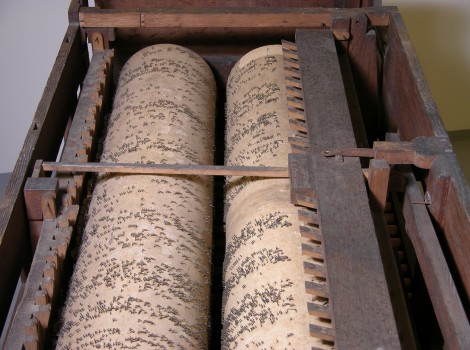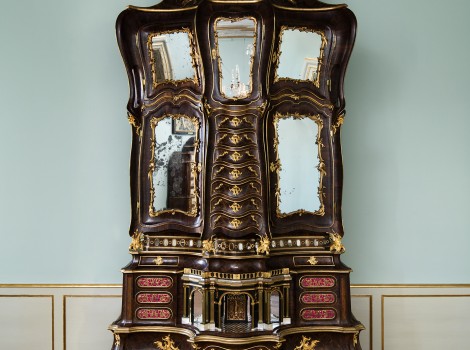Christian Friedrich Lehmann
Master carpenter Christian Friedrich Lehmann has until recently been a relatively unknown figure in the history of Danish furniture. In connection with the special exhibition, curator Jørgen Hein has completed a number of investigations through which it has been possible to partially reconstruct Lehmann’s activities in Copenhagen. Lehmann came from the region around Berlin and worked as a cabinetmaker at the Danish court from 1755-66.
Lehmann’s career ended abruptly after he fell out of favour with the court architect N-H Jardin. This was in many ways tragic for Danish furniture making, as Lehmann is considered the most important cabinetmaker of the 18th century. He only managed to deliver around 10 to 20 items of furniture in all, and thus didn’t make a significant impression or form a school. Lehmann’s workshop was in the Life Guard’s quarters at Christiansborg Palace, where we today find the square in front of Thorvaldsen’s Museum. In 1762 Lehmann had 14 assistants in his workshop.

 Dansk
Dansk
 English
English
 Deutsch
Deutsch



